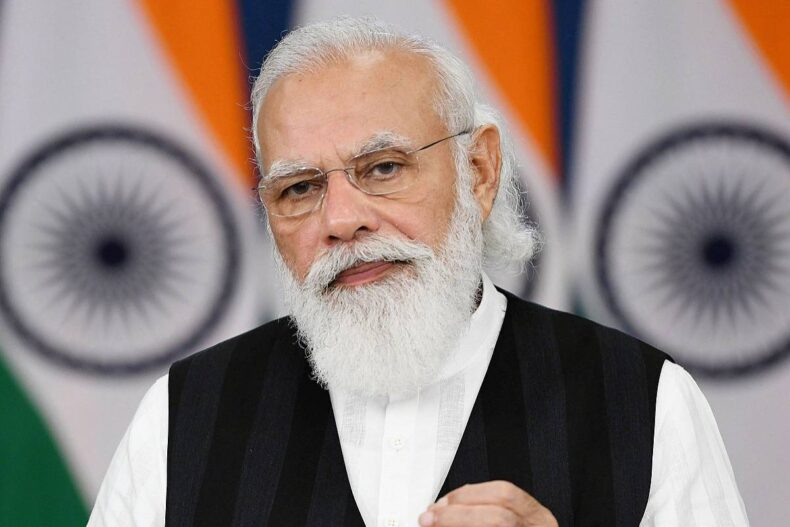On Prime Minster, Modi’s birthday he announced the introduction of the National Logistics Policy and said “It’s Eight Years of Hard Work.” gone into designing Policy.

On September 17, 2022, Indian Prime Minister Mr. Narender Modi introduced the National Logistics Policy in Vigyan Bhawan in New Delhi. The policy, according to him, has “energy for every sector” and would be a crucial step in the growth of the country.
The creation and design of this strategy required eight years of laborious effort, the prime minister said.
Reduced logistical expenses and increased local product competitiveness in international markets are two of this policy’s primary goals.
The Prime Minister proposed it as a remedy for several issues and said it would result in “all our systems” being balanced. The Prime Minister said that “coordinated efforts were undertaken to assure speedy last-mile delivery, eliminate transport-related issues, save time and money for the manufacturers, and reduce wasting of the agro-products.” One expression of such efforts is today’s National Logistics Policy.
The Prime Minister emphasized how quickly things are changing in India, which has grown to be the world’s fifth-largest economy with an IMF economic growth prediction of 7.2%. We all want our bags to travel rapidly, just like a cheetah, the Prime Minister stated in reference to the release of the Cheetah on September 17, 2022, in the morning.
The Prime Minister said, “Make in India and India’s move toward independence are everywhere”. India has established significant export goals and is succeeding in meeting them. The idea that India is becoming a center for manufacturing is becoming more stable. We shall learn through studying the PLI plan that it is widely accepted.
He believed that policy is a starting point and that performance plus policy equals’ progress. He said, “Policy plus performance equals progress arises when parameters, roadmap, and deadline for performance come together.” “Today’s India lays the groundwork before introducing any policies; only then can a policy be properly implemented.”
There have been eight years of arduous labor put into the National Logistics Policy, so it hasn’t just sprung out of nowhere. There have been significant choices, changes in policy, and, if I were to speak for myself, 22 years of governance experience,” he remarked.
The Prime Minister emphasized how projects like Sagarmala and Bharatmala sped up the construction of Dedicated Freight Corridors to enhance logistical connectivity for methodical infrastructure development. Shri Modi emphasized that the overall capacity of Indian ports has grown greatly and that the turnaround time for cargo ships has decreased from 44 to 26 hours on average.
40 air cargo ports have been built to encourage export. Cold storage facilities have been made available at 30 airports. There will soon be 35 multimodal hubs throughout the nation. The Prime Minister said, “We can undertake economical and environmentally friendly transportation via waterways since so many new waterways are also being developed throughout the nation.”
He also cited the Corona era Kisan Rail and Kisan Udan experiments. Today, Krishi Udan is available at 60 airports.
Shri Modi emphasized that the National Logistics Policy would get full support from the PM Gati shakti National Master Plan. The assistance offered by states and union territories, as well as the fact that almost all departments have begun collaborating, were both mentioned by the prime minister, who also expressed his delight. A large quantity of data about many infrastructure projects undertaken by state governments has been produced.
According to the Prime Minister, India is now seen as a “democratic powerhouse” by the rest of the globe. He emphasized India’s “amazing talent ecosystem,” which has won the admiration of industry professionals who commend its “commitment” and “development.”
Read More: RBI Promote Tokenisation from October 1












